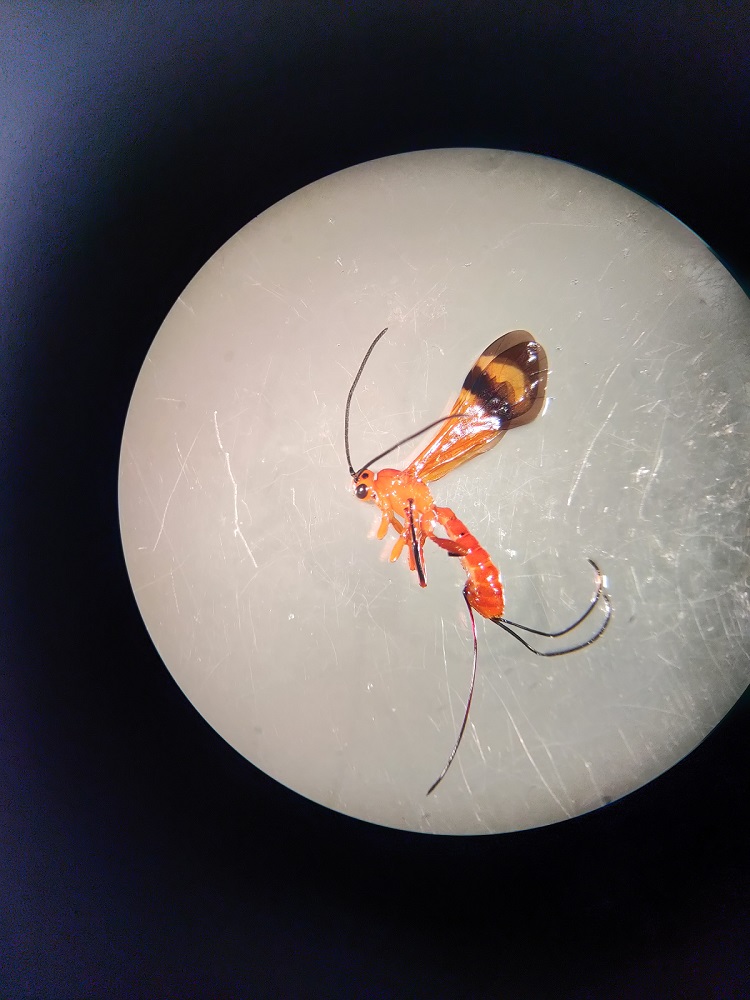Predators such as ladybirds directly consume the pest, whereas parasitoids, like parasitoid wasps, lay eggs on or inside pest insects that grow and ultimately kill the pest. Non-crop habitats such as field margins provide shelter, alternative prey/hosts and nectar to support populations of natural enemies.
The biology of natural enemies and the importance of non-crop habitats to these insects in smallholder farming ecosystems is poorly understood, particularly in Africa.
The NaPROCLA project (Natural Pest Regulation on Orphan Crop Legumes in Africa) aims to identify the most important natural enemies in East African smallholder farms and develop techniques to augment their populations through improved agroecosystems management.
During the first year of this project, researchers from NRI, Lilongwe University of Agriculture and Natural Resources (Malawi), Nelson Mandela African Institute of Science and Technology (Tanzania) and Egerton University (Kenya) identified the most common natural enemies in smallholder bean farms by trapping insects and performing DNA barcoding.
One of the most important natural enemies identified so far is the parasitoid wasp Aphidius colemani which parasitizes black bean aphid, a destructive pest of beans.
Future work will focus on identifying which field margin plants are best able to support A. colemani and determining how this can be implemented in the field. More information on the project can be found at www.agriculturalecosystems.org. Funded by GCRF- BBSRC under the Sustainable Agriculture in Sub-Saharan Africa (SASSA) call.
To find out more about:

